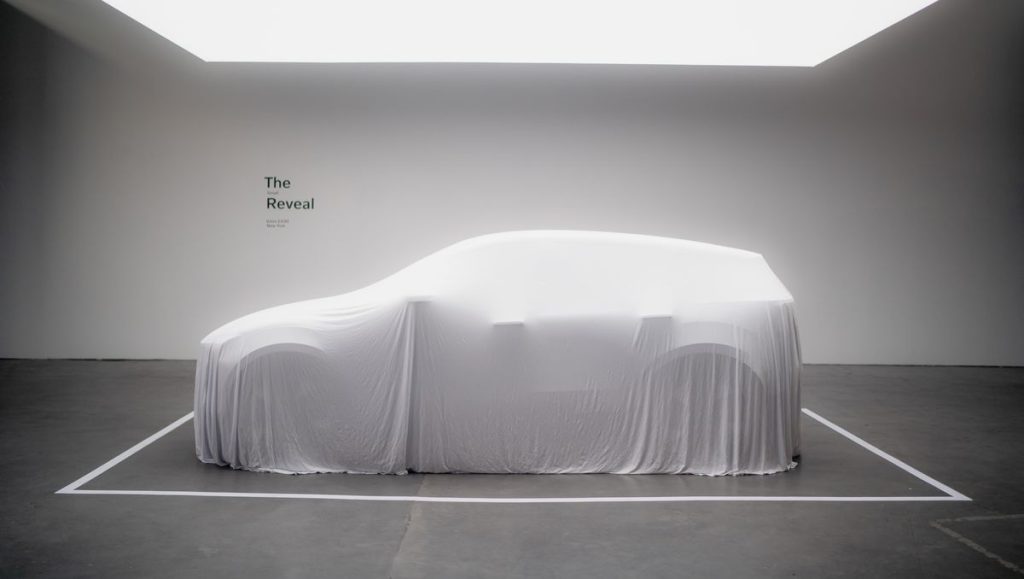
The early months of the pandemic saw automakers scramble not only for computer chips but also for battery supplies, as demand for EVs surged unexpectedly and dealerships were emptied out in a matter of months.
But automakers are now scrambling to bet on technologies that might arrive a few years down the road, all in the hope of offering ever faster charging speeds, greater energy density, and more durable recharge cycles.
In many ways, the current decade resembles the competition between manufacturers of personal computers in the 1990s, when advances in central processing unit (CPU) chips could make older computers seem dated and sluggish, if not obsolete, in the span of a year or two.
A year and a half ago Volvo staked Israeli battery developer StoreDot, which promised nothing short of the holy grail of lithium-ion cells: 100 miles of range in five minutes of charging, relying on a mix of silicon-dominant anode tech and software.
At the time, the hope was to see its “100in5” cells become production-ready, if not actually enter production, by 2024 after extensive development and real-world testing.
Now, StoreDot and Volvo are moving forward in developing its extreme fast charging (XFC) battery technology for Volvo cars in the near future, amid existing plans to achieve production readiness in 2024 with supplier partners on three continents, as StoreDot won’t be manufacturing the cells by itself.
Such charging speeds won’t be available in your garage at home, or even at many charging stations.
If all goes according to plan, Volvo and other automakers that have invested in StoreDot could gain dramatic advantages in the marketplace when it comes to charging speeds, battery weight, and battery durability over the course of hundreds of recharge cycles.
“Our teams are now working together at pace, developing B-sample cells for Volvo Cars’ next-generation fully electric architectures,” said Doron Myersdorf, StoreDot CEO. “There is a huge amount of work to do, optimizing all aspects of the system to meet Volvo’s exacting requirements.”
Myersdorf added that the company plans to deliver its fast-charging tech for real-world testing to Volvo in 2024.
The automaker, for its part, has not spelled out the timeline for introducing StoreDot’s battery technology into its production cars, and just which models could see it first. But we could see StoreDot’s 4680 and pouch-type cells in production vehicles as early as 2025, by one estimate, as supplier and automaker product cycle schedules have to catch up.
Of course, producing batteries in a lab setting for a prototype car is one thing, and a supplier producing the same batteries for tens of thousands of cars per month is quite another. So getting battery manufacturers up to speed will be the crucial part of the equation in the next two years, just as battery producers struggle to keep up with demand from automakers.
“There is a lot of work to be done but the opportunities to develop exciting new charging technologies together are huge,” said Javier Varela, Chief Operating Officer and Deputy CEO of Volvo.
StoreDot’s battery technology is itself in a race with its own solid-state battery compositions, which StoreDot expects to arrive on the market in 2028, and other developers and automakers are also working on solid-state tech with similar timelines in mind.
So even according to the company’s own plans, the XFC batteries could soon be upstaged by solid-state designs, inviting yet more analogies to the CPU race of the 1990s.
Quite a bit remains to be worked out not only when it comes to XFC batteries, but also to charging infrastructure that would be capable of delivering 100 miles of range in five minutes, as StoreDot promises, as battery capacity is just one part of the charging equation. Such charging speeds will not be accessible in your garage at home, or even at many charging stations.
StoreDot also remains mindful of the potential for battery deterioration that can occur with other EV batteries at such fast charging speeds. After 1300 consecutive XFC charging cycles, its batteries have retained 80% of their capacity, according to testing done months ago, which is a higher long-term performance marker than what’s available in many other EVs at the moment.
“Even though battery deterioration and a decline in the state of health over the lifetime of the battery are inevitable, EV owners shouldn’t have to sacrifice lifespan and a vehicle’s driving range for convenient daily use,” Myersdorf noted.
By the second half of the decade we wouldn’t be surprised to see charging speeds this fast become commonplace, whether thanks to this tech or solid-state designs, which should make the current crop of EVs seem as dated as the computers of the early 1990s were by the second half of the decade.
That’s perhaps a sobering thought for current EV owners, and inevitably the kind of race EV battery developers are in.
























